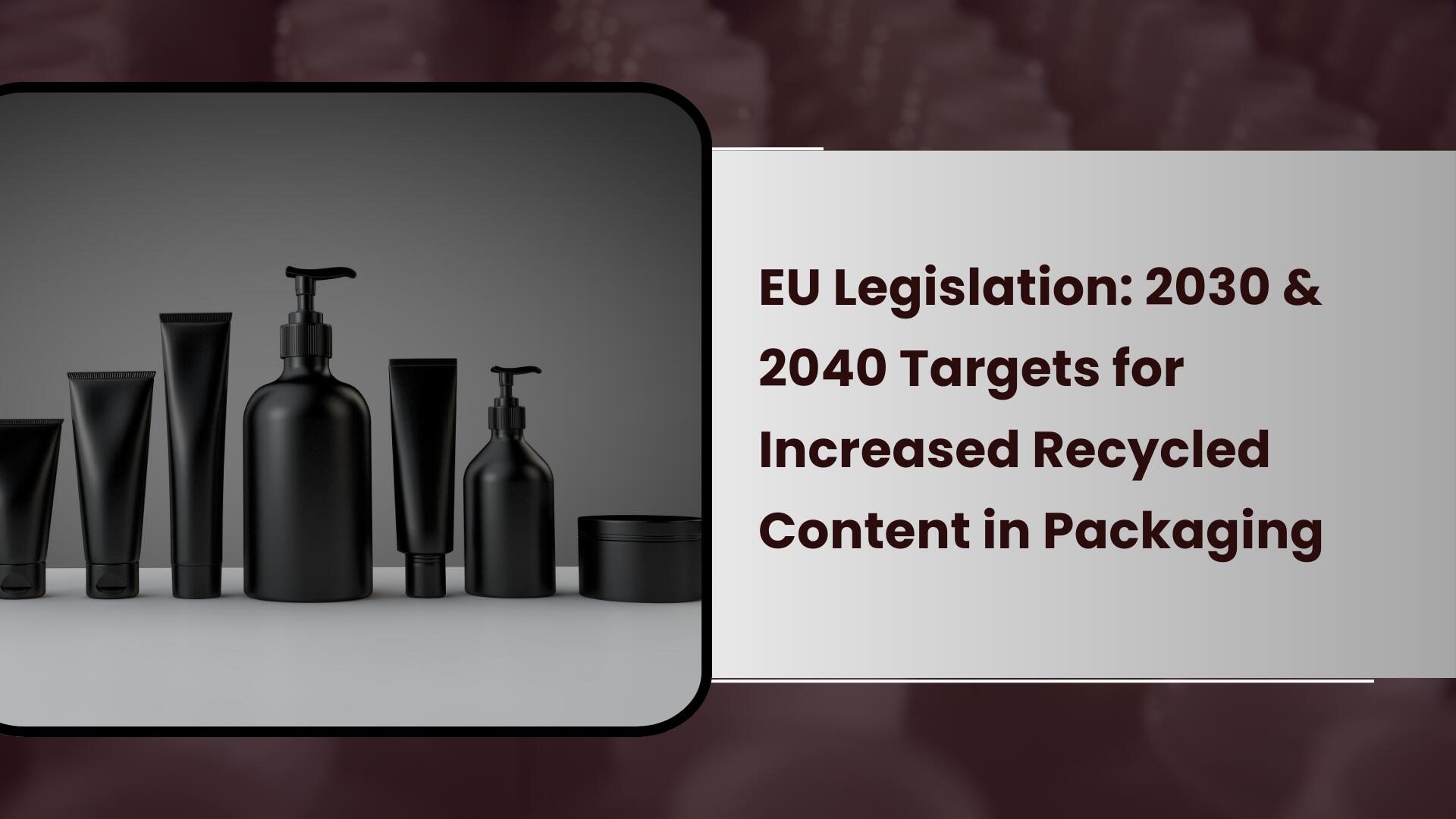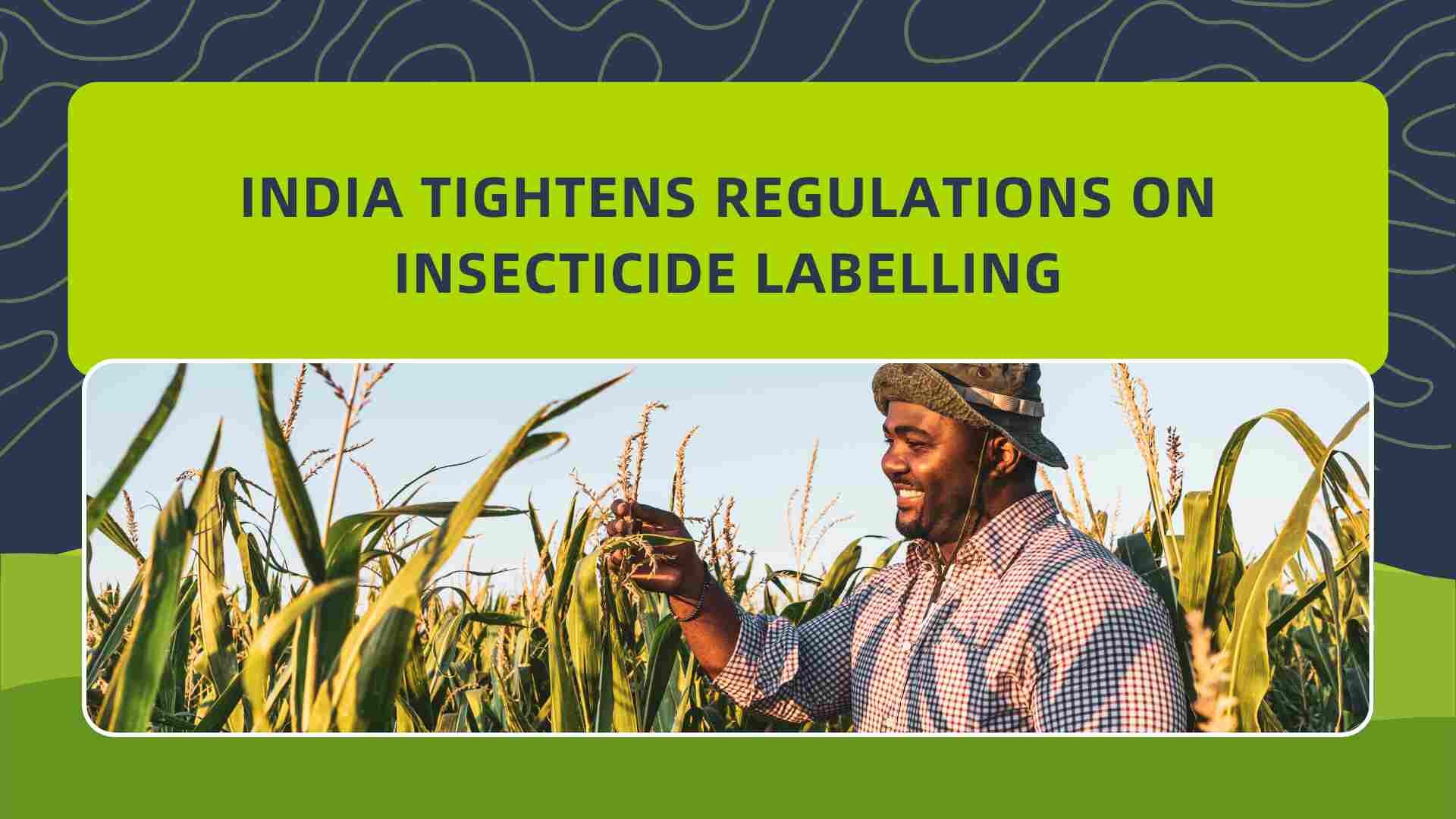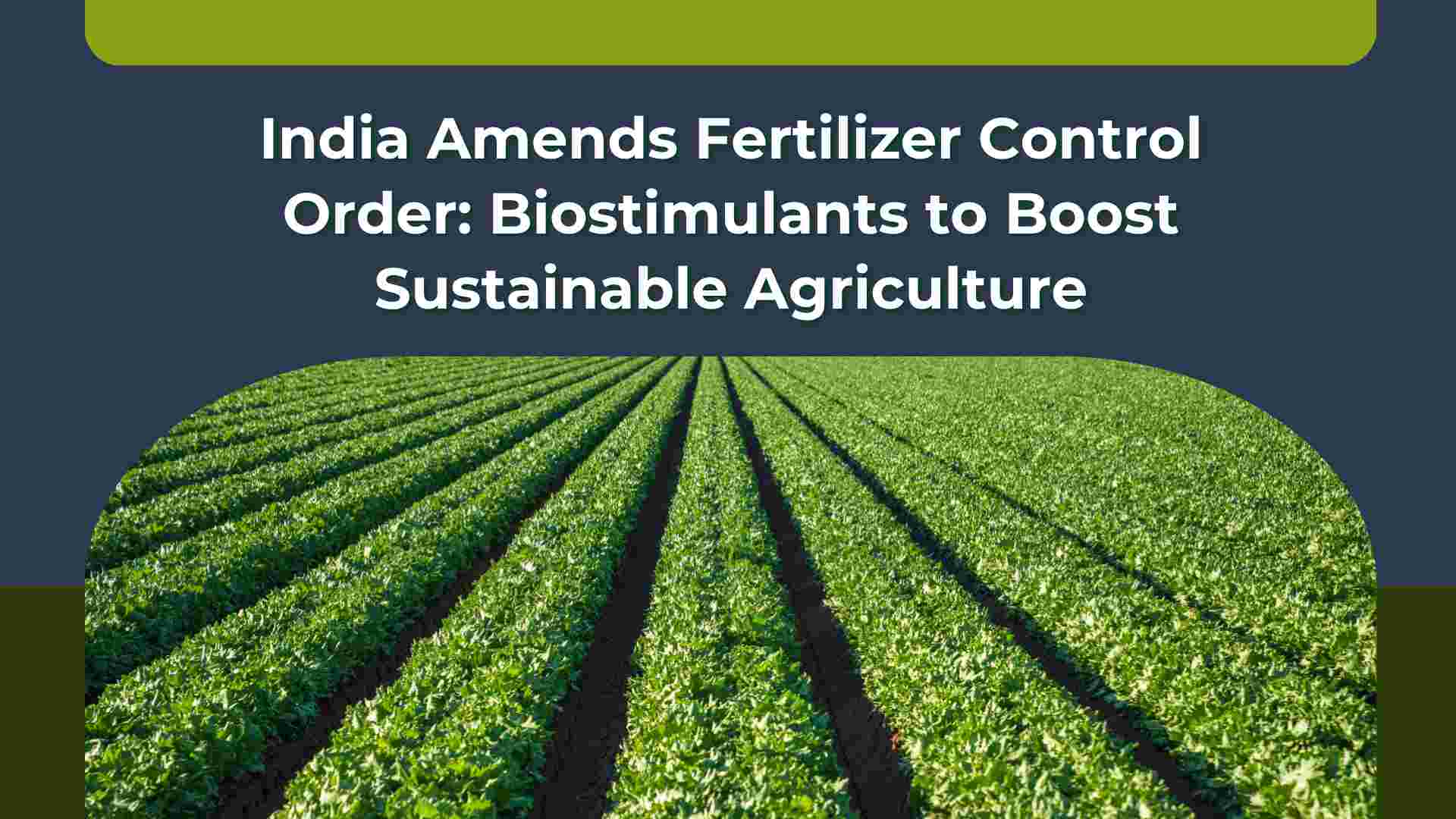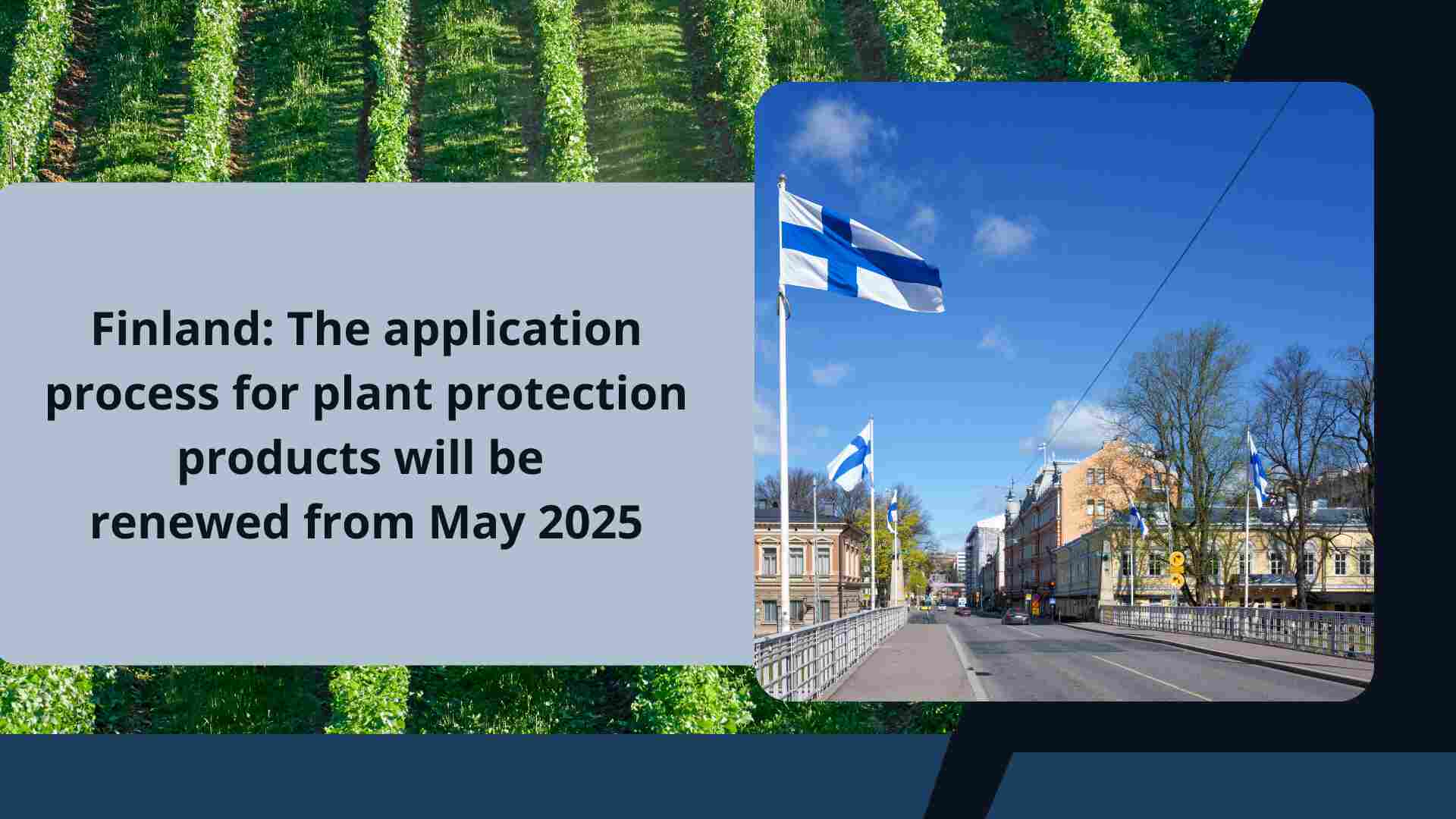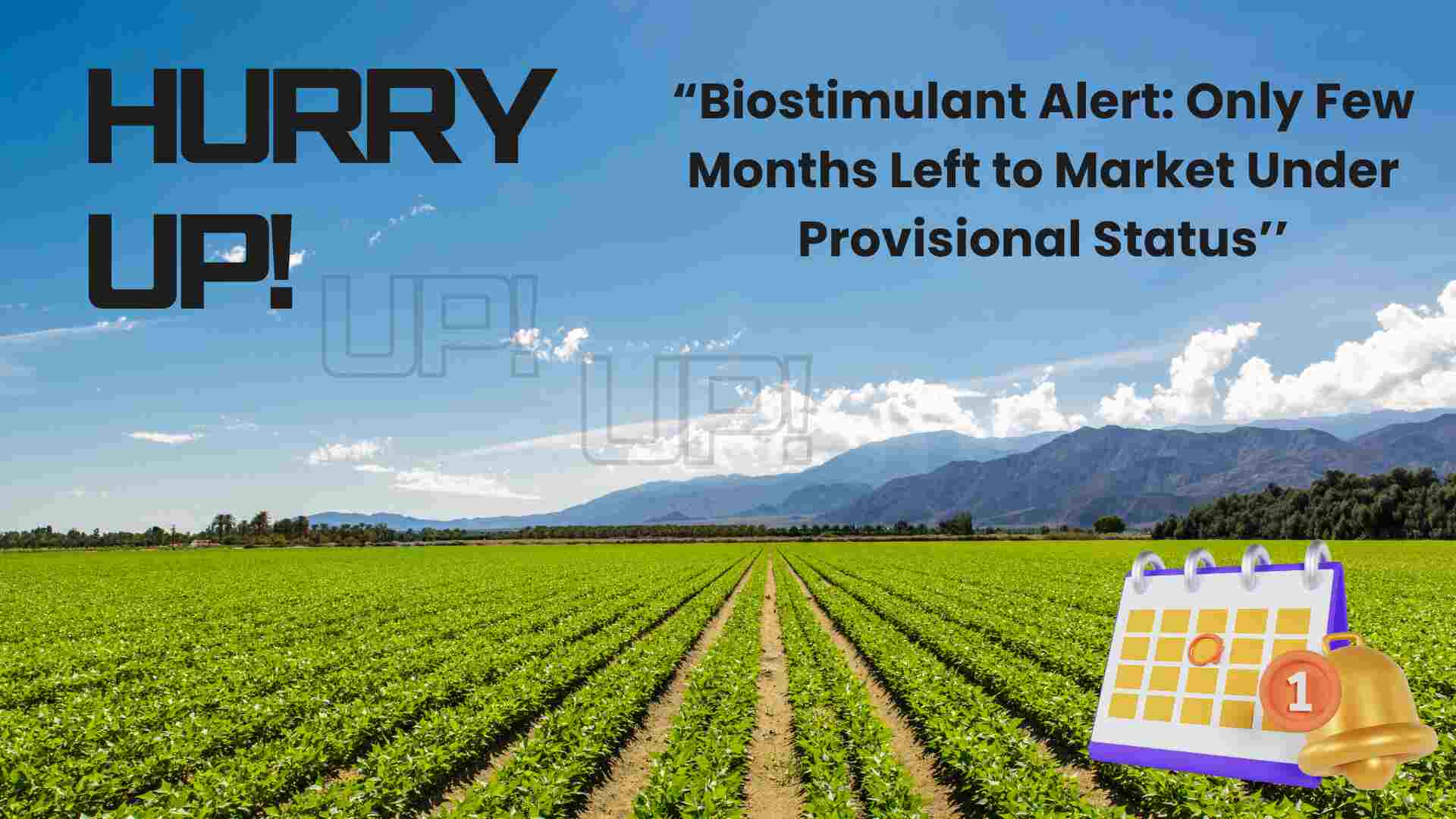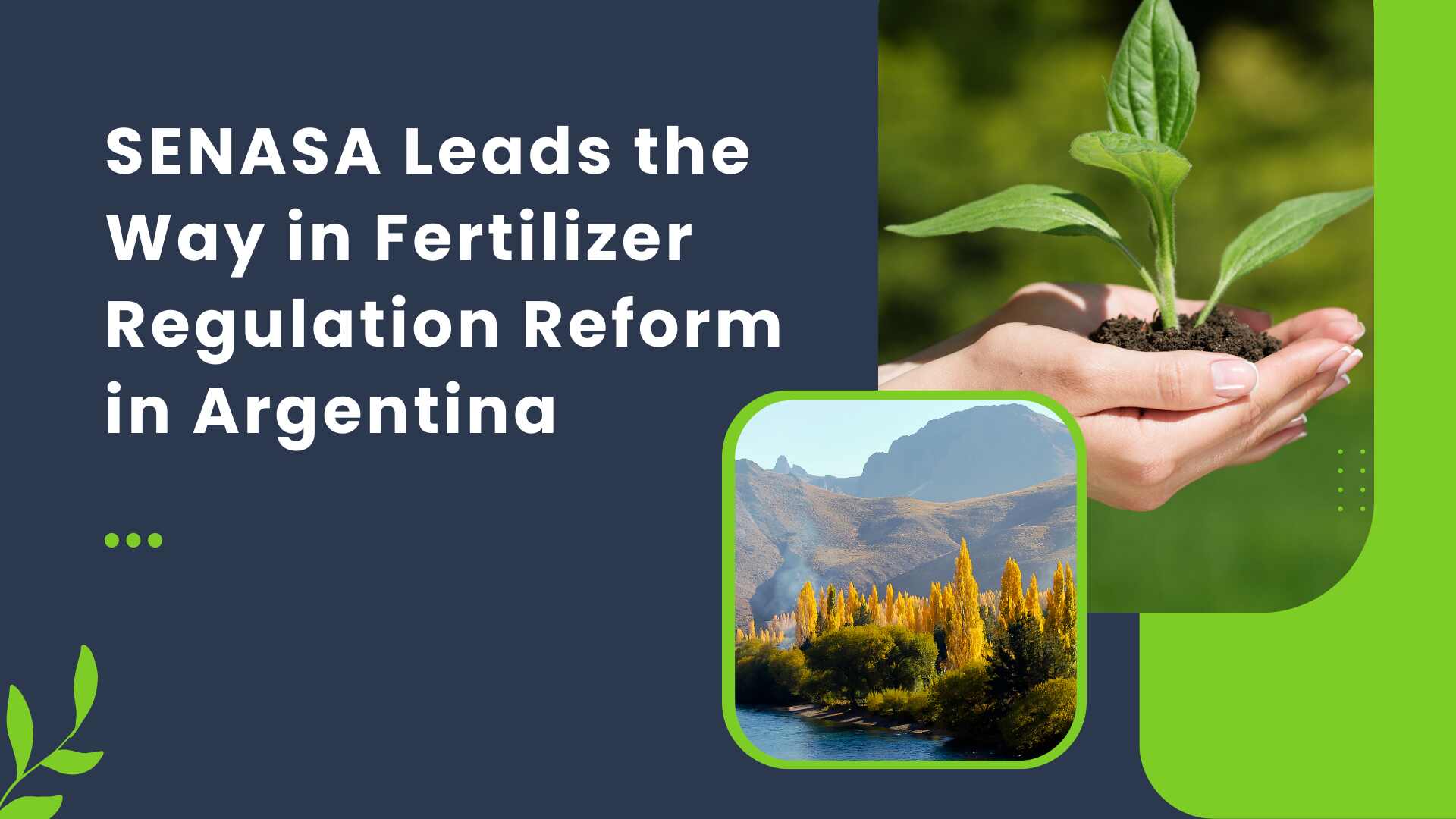The European Union Council formally adopted a new legislation aimed at substantially decreasing packaging waste and encouraging re-use throughout the union, marking a huge step towards a more sustainable future. The all-encompassing law on EU packaging recycling targets requires companies to reduce packaging usage throughout its lifespan, limits single-use plastics, and establishes challenging goals for recycled material.
Key Provisions
Reduced Waste, Increased Recycling:
A 65% objective for single-use plastic bottles by 2040 is the result of the regulation’s binding targets for recycled content in packaging.
Phasing Out Single-Use Plastics:
Singleuse plastic packaging is outlawed for a number of products, such as single-use toiletries in the hotel industry, tiny fruit and vegetables, and food containers for on-site consumption.
Re-use Incentives:
Businesses are encouraged to provide refill choices for food and beverages under the rule, which sets enforceable re-use objectives. Customers will not be charged more if they bring their own containers for refills.
Minimizing Packaging:
In addition to limiting the use of harmful materials like per- and polyfluorinated alkyl compounds (PFAS) in food contact packaging, the law places a strong emphasis on reducing the weight and volume of packaging.
Background and Addressing a Growing Problem:
The proposal comes as the EU deals with an increase in packaging waste. In 2022, the EU produced approximately 187 kilogrammes of packaging trash per person, with plastic contributing for a sizable proportion. The existing directive, which dates back to 1994, has been ineffective in reducing this environmental impact.
Next Steps:
EU packaging recycling targets legislation will be published in the EU Official Journal and will go into effect shortly thereafter. Member states will have 18 months to adopt the new regulations.
This comprehensive regulation is a critical step towards a more circular economy and a significant decrease in the environmental impact of packaging in the European Union.

